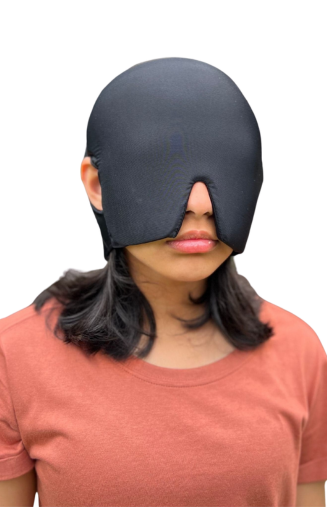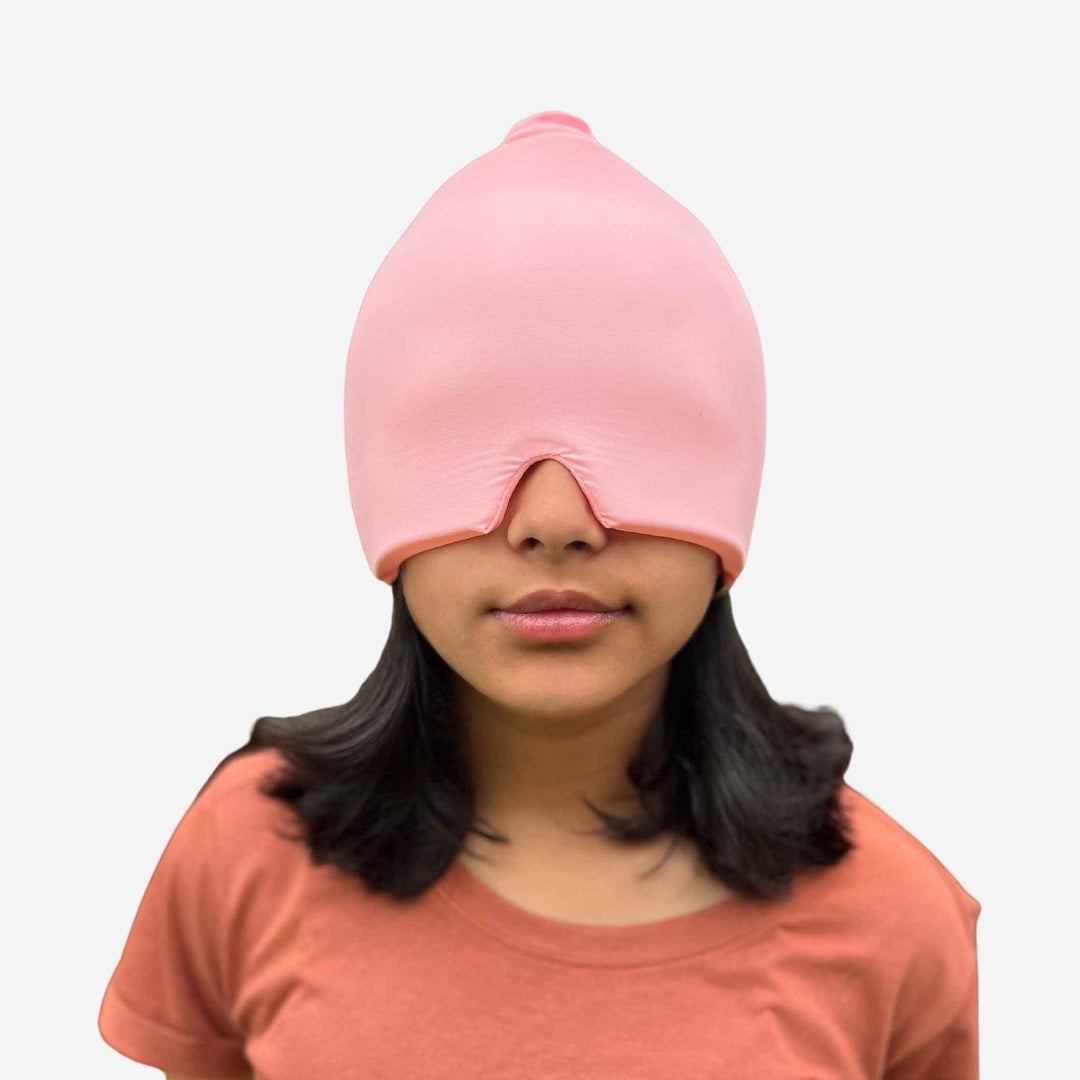Understanding
Tension Headaches
Tension Headaches
A tension headache is one of the most common types of headaches experienced by people of all ages. Often described as a dull, aching pain or a feeling of tightness around the forehead, temples, or back of the head and neck, a tension headache can last anywhere from 30 minutes to several hours—or even days in some cases.
Unlike migraines, tension headaches are typically not accompanied by visual disturbances, nausea, or extreme sensitivity to light or sound. However, they can still significantly impact your comfort, focus, and overall quality of life. The pain is usually mild to moderate and is often described as a sensation of a tight band squeezing the head.
There are two primary types of tension headaches: episodic and chronic.
Episodic tension headaches occur occasionally and are usually related to specific triggers like stress, poor posture, fatigue, or eye strain.
Chronic tension headaches occur more frequently, often 15 or more days per month, and may be a sign of long-term stress or underlying muscle tension.
Common causes of tension headaches include physical or emotional stress, sitting at a desk for extended periods, poor posture, lack of sleep, dehydration, and skipping meals. Tightness in the muscles of the neck, shoulders, or scalp often plays a significant role.
While over-the-counter medications can provide short-term relief, many people prefer natural, drug-free methods to manage their tension headaches. Techniques like hot or cold compresses, stretching, massage, and wearing a headache cap can offer effective relief by targeting the areas of discomfort.
Understanding the signs and triggers of a tension headache is the first step toward managing them. With the right tools and habits, you can regain control and reduce their impact on your daily life.
Tension headaches are often triggered by a combination of physical and emotional stressors. While they can happen to anyone, certain habits and situations tend to make them more likely. Understanding these triggers is essential for both prevention and effective relief.
Stress and Anxiety: Emotional tension is a leading cause of tension headaches. When you're under pressure, your body tenses up—especially the muscles around your neck and scalp.
Poor Posture: Sitting for long periods, especially at a computer or phone, can strain neck and shoulder muscles, leading to headaches.
Eye Strain: Spending too much time staring at screens without breaks can fatigue your eye muscles, contributing to head pain.
Lack of Sleep: Inadequate rest can make your nervous system more sensitive, increasing your likelihood of developing a headache.
Dehydration and Skipped Meals: Your brain needs consistent hydration and fuel—when it's deprived, a tension headache can quickly follow.
Teeth Grinding or Jaw Clenching: These unconscious habits put pressure on facial muscles, another common tension headache trigger.
By identifying your specific triggers, you can take proactive steps to reduce the frequency and intensity of your tension headaches—and avoid letting them disrupt your day.
Recognising a tension headache early helps you take control before it worsens. Unlike migraines, these headaches are generally not debilitating but can still be distracting and uncomfortable.
A dull, aching head pain that feels like a tight band around your forehead or skull
Tenderness in your scalp, neck, or shoulder muscles
Pressure behind the eyes or temples
Difficulty concentrating or feeling mentally “foggy”
Fatigue or irritability, especially if the headache lingers all day
Most tension headaches come on gradually and worsen over time, especially without intervention. While mild cases may resolve with rest, frequent episodes can significantly reduce your productivity and mood—making it important to manage them early with targeted solutions.
When a tension headache strikes, your first instinct might be to reach for painkillers. But overuse of medication can lead to rebound headaches. That’s why more people are turning to natural, drug-free alternatives that address the root causes of discomfort.
Hot or Cold Therapy: Applying a warm compress to your neck or a cold pack to your forehead can relax muscles and reduce inflammation.
Neck and Shoulder Stretching: Gentle stretching or light yoga helps loosen tight muscles that contribute to headache pain.
Breathing Exercises or Meditation: These techniques can calm your nervous system and lower cortisol levels, which in turn reduces muscle tension.
Hydration and Nutrition: Drinking water and eating balanced meals at regular intervals helps maintain energy and brain function.
Screen Breaks: Follow the 20-20-20 rule—every 20 minutes, look at something 20 feet away for at least 20 seconds.
Rest in a Dark, Quiet Room: Reducing sensory input can help your body relax and recover more quickly.
Incorporating these practices into your daily routine can reduce how often you experience tension headaches—and lessen their intensity when they do occur.
If you're seeking fast, reliable relief from tension headaches, our Headache Cap is a must-have. Designed for ease, comfort, and effectiveness, it targets the key problem areas—forehead, temples, and neck—providing instant hot or cold therapy without the use of medication.
360° Coverage: Delivers soothing relief to the areas most affected by tension headaches.
Hot or Cold Therapy: Simply freeze or microwave the cap, depending on your needs—perfect for any stage of discomfort.
Stretchable, Soft Material: One-size-fits-all comfort that adapts to your head shape, even during long wear.
Open-Ear Design: Use while working, relaxing, or traveling—without discomfort or pressure on your ears.
Light-Blocking Fabric: Helps create a calming environment to reduce light sensitivity and enhance relaxation.
Thousands of people have found lasting relief with our Migraine and Tension Headache Cap—and now it’s your turn to experience the difference.


There’s no need to let tension headaches control your day. With our Headache Cap, you can take back your time, energy, and comfort—naturally and effectively.